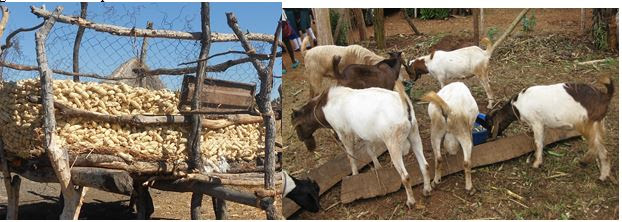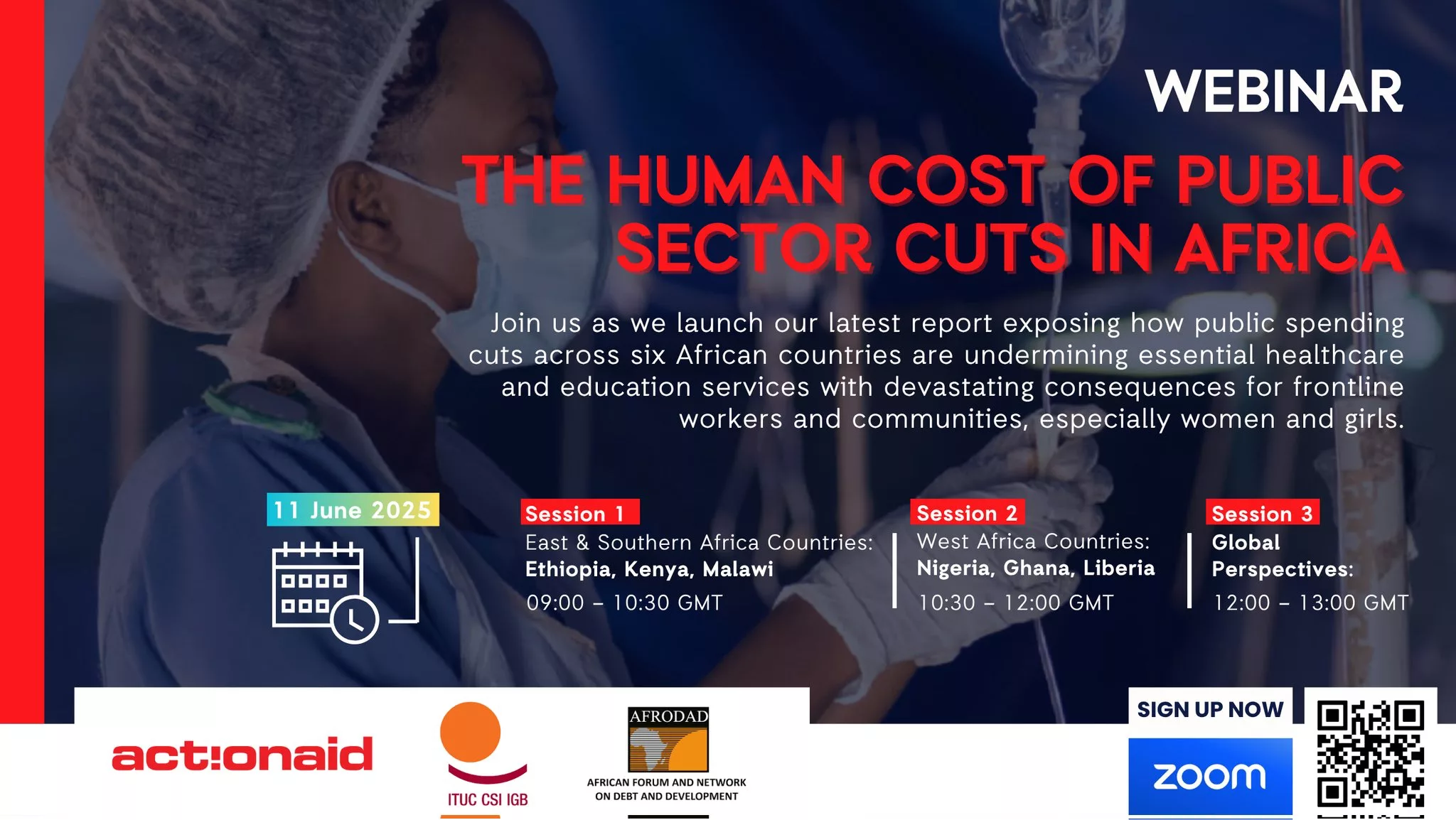By Charles Dhewa
A majority of African farmers tend to make decisions based on their experiences, expectations and fears, especially in an unstable economic environment and changing climate. At the beginning of each marketing season, a question in every farmer’s head is “Should I sell now or later?” Since the future is unpredictable from both an economic and climate perspective, farmers are taking long to make decisions.
Most farmers are unwilling to sell in a hurry as they try to make sense of the fluid economic and environmental situation. This presents a challenge for processing companies who are end up not being guaranteed of surplus.
A catch 22 scenario
A farmer might be pushed to sell quickly in order to buy inputs before the price of inputs surges. In almost all African countries it is now known that input prices are always on an upward trend. Where the farmer decides not to sell immediately, s/he will be expecting commodity prices to appreciate more than the past year given that the competitive environment is very thin due to climate change induced drought. Uncertainties on the next season may also compel a farmer against selling now in order to counter the rising price of food, for instance in Zimbabwe and other countries in East and Southern Africa.
Another issue is currency. Due to currency uncertainties and rumors in countries like Zimbabwe, farmers may wonder: “If I sell now, what happens to my income if the currency changes?” This decision-making crisis is worsened by the fact that farmers do not have attractive savings or investments in which they can invest their earning from agricultural commodities. To sell commodities worth USD10 000 a farmer should have reliable and valuable uses. A smart farmer cannot keep the money in a bank where tomorrow the value of the money may be less by 25% due to inflation.
Consequently, farmers would rather store wealth in tangible commodities like grinding mills or livestock. Most farmers are selling agricultural commodities to get something they can use immediately. If there was reliable information on who is selling what and who wants to buy what, a swapping economy would simplify some decisions and reduce pressure on cash. For instance, if somebody selling soya bean wants to buy a tractor while the tractor owner wants to invest in soya bean production, the two would easily meet and transact.
Re-imagining a new role for government extension
African agricultural extension services should be empowered to assume new roles in facilitating decision-making among farmers who are struggling to make sense of a dynamic and complex environment. Since the dawn of industrial agriculture in Africa, extension officers have been assisting farmers to produce the same agricultural commodities for decades. There is no longer any new knowledge on producing such old commodities. To stay relevant in a changing environment, agricultural extension officers should acquire new skills which include gathering fluid data using modern technology, interpreting evidence for farmers and facilitating aggregation of commodities at community level as well as guaranteeing fair trade.
Government extension officers can only protect farmers from unfair market practices if they have accurate data. Where private companies want to buy more than 100 tons of groundnuts from one community, extension officers with data on their finger-tips should easily mobilize such commodities in appropriate grades. They can also prevent cases where farmers compete to supply commodities to one buyer in ways that knock prices down. Most of the data should be collected at farmer level because every farmer knows where his/her commodity is going. Relying on production data alone for decision-making explains the poor state of our agriculture system. Production side data on its own is not enough. It needs to cover end to end along entire value chains.
The role of extension services in building rural finance models
Lack of data is a major reason why developing countries are failing to come up with robust rural finance models. If local extension officers have data from Chimanimani district of Zimbabwe or Taveta in Kenya showing that US$20 000 worth of bananas leave each of these districts daily for Harare and Nairobi, it becomes easy to build rural finance models in these districts. Such data should be captured at source together with what remains for local consumption because a farmer knows better where s/he takes his/her commodity. This evidence will assist ministries of agriculture in negotiating resources from the fiscus and accurately predicting harvests in ways that also help farmers to make accurate decisions. Using data, the government can organize production to minimize unpredictable price fluctuations.
When extension services departments are able to collect and analyze data at local levels, they become reference points for financial institutions keen to work with specific value chains. Evidence-based farmer characterization can show farmers at different income levels ranging from $100 to $20 000 and such information can be used to craft appropriate collateral systems for different farmers. Most smallholder farmers do not have a banking history because much of their trading happens in the open market where data is often not recorded. Once a farmer’s local production records are consolidated with his/her market records that should automatically constitute collateral. Extension services can authenticate these facts.
Policy makers should not use price as a carrot
Most African governments are not using data to guide farmers what to produce. Instead, they are using price announcements as a carrot to lure farmers to produce a crop. Ideally, data should be used to convince farmers to produce diverse crops and livestock by showing gaps in food security and commercial opportunities. Better prices can then be offered to incentivize farmers and control numbers. In this case, data gives direction so that there are no gluts and shortages. Once farmers show interest to produce certain commodities it becomes possible for floor prices to be set. That is how policy makers can re-allocate resources. Currently bumper harvests come with costs in the form of post – harvest losses.
In the absence of data, development agencies end up spending resources and time conducting baselines when agricultural data should be on the finger-tips of the ministry of agriculture like an exchange rate. Unless farmers know the value unlocked by their commodities in the market, they cannot price such commodities correctly on-farm. That is why informed conclusions have to come from both the market and production side. Comparing market performance with production performance can only happen if there is fluid collection of data. Price is no longer the main decision-making determinant for farmers. If that was the case, farmers would rush to deliver maize each time government announced a price.






